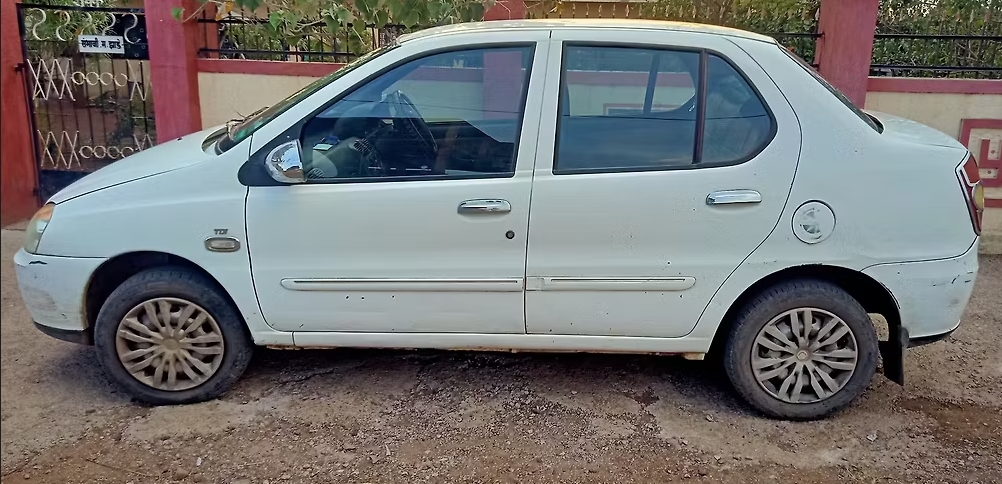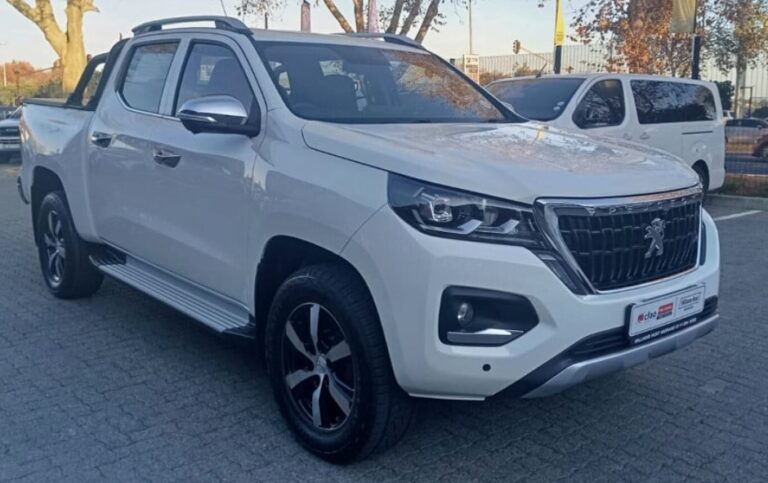Evolution of the Tata Indigo
The Tata Indigo is a significant model in Tata Motors’ lineup, representing the company’s foray into the compact sedan segment in India and other markets. Introduced in the early 2000s, the Indigo has undergone several updates and facelifts over its two-decade-long production run, adapting to changing consumer preferences, regulatory requirements, and technological advancements.
Origins and Introduction (2002-2008)
Launch and Initial Models (2002):
Tata Motors launched the Tata Indigo in 2002 as a replacement for the Tata Sumo and other earlier models. Positioned primarily as an affordable, reliable sedan suitable for Indian roads, the Indigo aimed to provide a more modern alternative to existing compact sedans.
Design and Engineering:
The Indigo was based on the Tata Indica platform, sharing its chassis and mechanical components. Its design was conservative yet functional, emphasizing practicality and value for money.
Variants and Trim Levels:
Initially, the Tata Indigo was offered in two main variants:
- Tata Indigo LS: The base trim, equipped with a 1.4-liter petrol engine, manual transmission, basic interiors, and essential features.
- Tata Indigo GLS: A higher trim level, offering additional features such as power steering, better upholstery, and upgraded audio systems.
Engine Options:
- 1.4-liter MPI petrol engine producing approximately 70 PS.
- 1.4-liter turbocharged diesel engine (common in later models).
Market Positioning:
The Indigo was positioned as an affordable family sedan, targeting middle-class consumers seeking comfort and economy.
Major Facelift and New Models (2008-2013)
Facelift and Upgrades (2008):
In 2008, Tata Motors introduced a significant facelift to the Indigo lineup, updating the front grille, headlights, rear tail lamps, and interior features. This update aimed to modernize the car’s appearance and improve safety and comfort features.
Introduction of Indigo Manza (2010):
In 2010, Tata launched the Indigo Manza, a more refined and contemporary sedan based on an extended version of the Indigo platform. The Manza featured a more aerodynamic design, better build quality, and more advanced features.
Models and Trim Levels:
- Tata Indigo LS: Continued as the base variant with minimal features.
- Tata Indigo GLS: Offered more comfort and convenience features.
- Tata Indigo LX: Introduced with additional features like power windows and improved interiors.
- Tata Indigo Manza (2010-2013): Available in multiple trims:
- Tata Indigo Manza Aqua: Entry-level variant with basic features.
- Tata Indigo Manza Elan: Mid-range with better interiors and features.
- Tata Indigo Manza Aura: Top-end variant with premium features, alloy wheels, and upgraded audio.
Engine and Performance:
- 1.4-liter turbocharged diesel engines, offering improved fuel efficiency and performance.
- 1.4-liter petrol engines continued to be available, with some variants offering 16-valve configurations.
Special Editions:
During this period, Tata also launched special editions with cosmetic enhancements, including new paint options, alloy wheels, and interior trims.
The Indigo eCS and Further Improvements (2013-2015)
Introduction of Indigo eCS (2013):
In 2013, Tata introduced the Indigo eCS (economical compact sedan), aimed at improving fuel efficiency and reducing emissions. It was a more modern iteration of the Indigo, featuring a new design language and updated features.
Design and Features:
- Bold front grille, redesigned headlamps, and updated bumpers.
- Improved interiors with better plastics, new dashboard layout, and enhanced comfort features.
- Increased safety features, including improved crash protection and optional airbags.
Models and Trim Levels:
- Tata Indigo eCS LS: Basic variant with manual AC, manual transmission.
- Tata Indigo eCS LX: Mid-range with power steering, better upholstery.
- Tata Indigo eCS LS TDI/LSi: Diesel variants with improved fuel economy.
- Tata Indigo eCS XTA: Introduced with automatic transmission options in later models.
Powertrain:
- 1.4-liter turbocharged diesel engine with improved efficiency.
- 1.2-liter or 1.4-liter petrol options, depending on the market.
.
MANY auto lovers not only spend time in their garages to tinker on their autos, but have other projects going on in there as well. Wood working is a popular pastime for the creative type of individual. Not sure what to make next? Or thinking about getting into this kind of hobby? There’s lots of possibilities… Here’s some of them…

.
Discontinuation and Legacy (2015 onwards)
Tata Indigo’s Decline:
By 2015, Tata Motors phased out the Indigo from most markets due to increasingly stringent safety and emission standards, shifting focus to newer models like the Tata Tiago and Tata Tigor.
Final Models and Trim Levels:
The last iterations of the Indigo included:
- Indigo eCS LX and LX TDI: The most common trims, offering basic features for budget-conscious buyers.
- Limited special editions or variants were launched towards the end of its lifecycle.
Production End:
Production of the Tata Indigo officially ceased around 2016, making way for newer models in Tata’s portfolio.
Summary of Key Specifications and Variants
| Year | Model/Variant | Engine Options | Notable Features |
|---|---|---|---|
| 2002-2008 | Tata Indigo LS / GLS | 1.4L petrol, turbo diesel (later) | Basic features, reliable performance |
| 2008-2010 | Facelift Indigo | Same engines, updated styling | Modernized look, improved interiors |
| 2010-2013 | Indigo Manza | Extended platform, more features | Better design, comfort, and safety |
| 2013-2015 | Indigo eCS | 1.4L turbo diesel, 1.2/1.4 petrol variants | Fuel efficiency, modern styling |
| 2015-2016 | Final trims (LX, LX TDI, etc.) | Similar engines, minimal updates | Budget-focused, last of the model line |
Impact and Legacy
The Tata Indigo played a vital role in Tata Motors’ expansion into the compact sedan market. It was appreciated for its affordability, ease of maintenance, and practicality. The Indigo’s success helped Tata establish itself as a major player in the Indian automotive industry, paving the way for subsequent models like the Tata Tigor and Tata Tiago.
While it eventually phased out due to evolving safety and emission norms, the Indigo remains a notable chapter in Tata’s history, exemplifying the company’s focus on delivering value-driven vehicles to a broad customer base.







